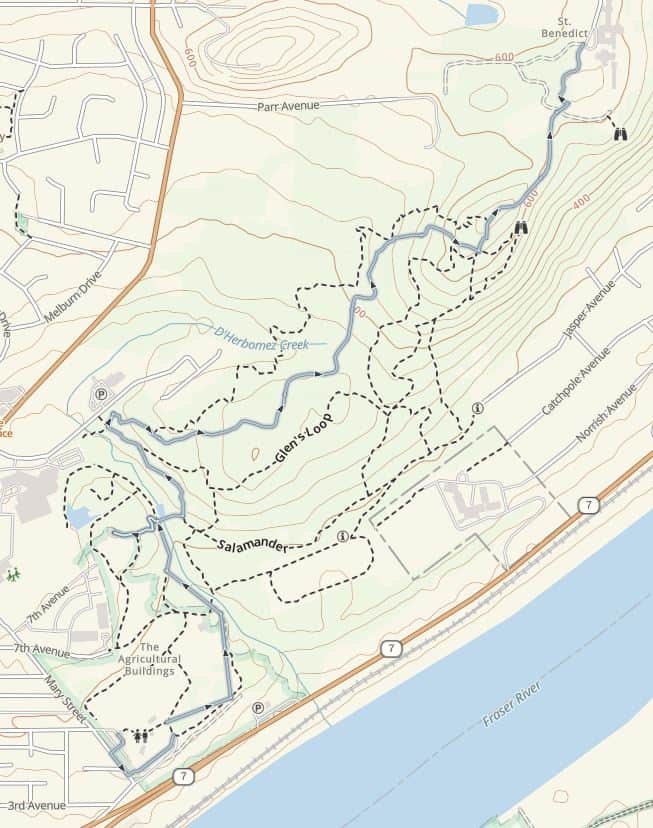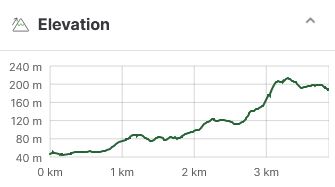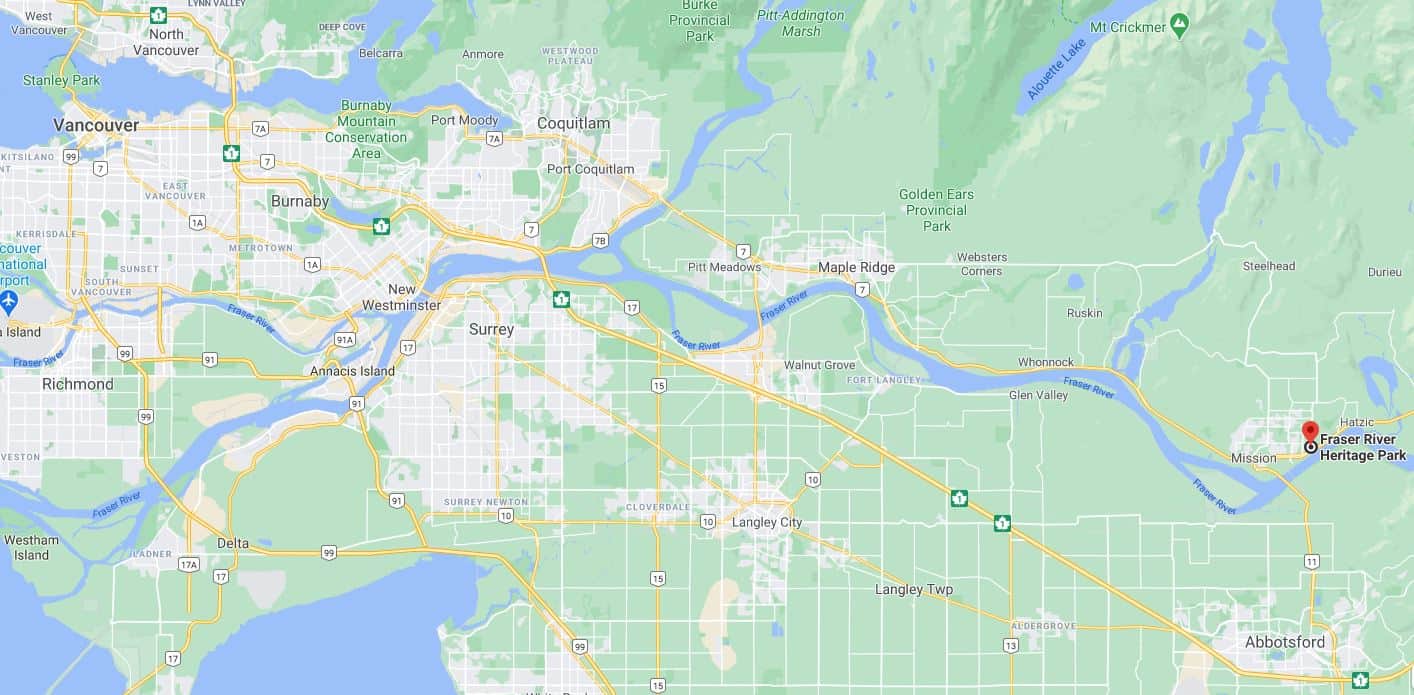


March 8, 2020
You can reach Westminster Abbey from Mission’s largest Park, Fraser River Heritage Park.

Mission and Oyama (Japan) enjoy a sister city relationship. This relationship has a focus on student exchanges.

This park houses the historic ruins of St. Mary’s Mission and Indian Residential School.

St. Mary's Mission was built between 1882 and 1885, the girl's school in 1868. The buildings were torn down in 1965.

Mart Kenney (1910 – 2006) was a Big Band musician with a 70-year career. Mart never missed a Twilight Concert, attending well into his nineties.

The Bell Tower has the original bell for St. Mary’s residential school and moved in 1965 to the new St. Mary’s until 1999. In 1999 the Stó:lō Nation donated the bell.

The East Mission Heritage Greenway is a shared recreational route totaling 3 km. It connects two of Mission’s residential neighborhoods that were previously accessible only by roads or highway arterials. I use part of this route to reach the Grotto of Our Lady of Lourdes.

Built in 1892, the original Grotto became the first and largest Marian shrine in BC. The new building opened in 1997 and hosts two major pilgrimages each year.

This park has trails for mountain bikers. They have names that seem to be inspired by skiing (gondola) or proximity to the Abbey (Hail Mary).

During winter, I usually pick direct routes. This time I followed Jacob’s Ladder.

Jacob's intersects with Hail Mary. This part of the hike offers a short but steep approach to Heritage Mountain (212 m).

Surprisingly, you don't see many people trying to hike from the Heritage Park, maybe something to do with unexpected steel horses racing down the hill.

Hail Mary will take you to the monastery.

Westminster Abbey is a community of Benedictine monks established in 1939 from the Abbey of Mount Angel, Oregon.

Viewing the entire complex from an aerial perspective, the church and the bell tower command the most architectural interest.

The church is particularly notable, mostly because of its innovative roof structure: it appears as though it were drawn upwards like a purse on a cord.

Credit for much of the brilliance of the technical solution is due in large measure to the consulting structural engineer, Per Christoffersen, a Norwegian who studied in Zürich and immigrated to Vancouver in 1951.

In 1958, Christoffersen designed British Columbia’s first post-tensioned structure (post-tensioning is an engineering technique that strengthens reinforced concrete by tightening steel rods within a concrete matrix, after the concrete has been poured and set).

In 1950, Benedictine sisters came to help the abbey, and continued there until they left in 1968.

Since then, all kitchen, farm, and most other work at the abbey has been done by the monks themselves. I couldn’t find why the sisters left.


